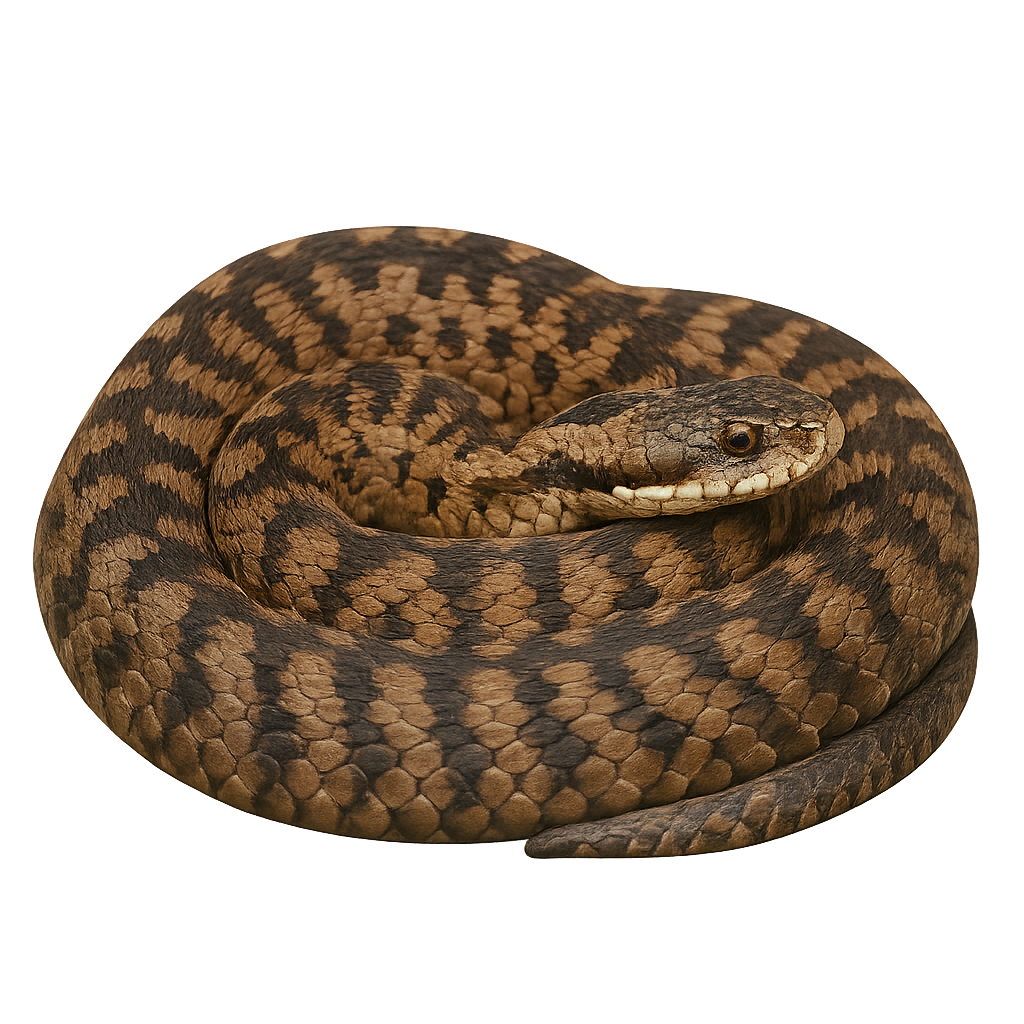Observe and photograph a species in its natural habitat
Learn where and when to observe a species in the wild, how to recognize it in the field, and what habitats it lives in. Get photography tips adapted to its behavior and capture stunning images without disturbing the animal. For full details, open the complete profile in the WildlifePhotographer app.
Asp viper
Scientific name: Vipera aspis

IUCN Status: Least Concern
Family: VIPERIDAE
Group: Reptiles
Shyness: Tolerant
Safe distance: 5 m
Breeding season / Courtship: 01.03-31.05
Gestation: 3 mois
Births: 01.08-30.09
Habitat:
Open forests, meadows, rocky hills, and dry areas of Southern Europe, mainly in France, Italy, and Spain, and also in mountainous regions
Description:
The Asp Viper is a venomous snake species found primarily in rocky areas, meadows, and forests of Southern Europe, notably in France, Spain, Italy, and Switzerland. It typically measures between 60 and 80 cm in length, although some individuals can reach up to 1 meter. Its color ranges from gray to brown, with a zigzag pattern on its back and a distinct triangular head. The Asp Viper primarily feeds on small mammals, lizards, and birds. While venomous, its poison is generally harmless to humans, though bites do require medical attention. It is a protected species in many regions but is threatened by habitat loss and human persecution.
Recommended lens:
>=300 mm
Photography tips:
Use a telephoto lens to photograph the asp viper, especially when it is basking in the sun or moving slowly through the grass. The soft light of early morning or late afternoon is ideal for capturing the details of its pattern and texture. Be discreet and respect their space to avoid disturbing their natural behavior, as they can feel threatened if disturbed.
Ready to take action?
Choose your platform and start your free trial today



